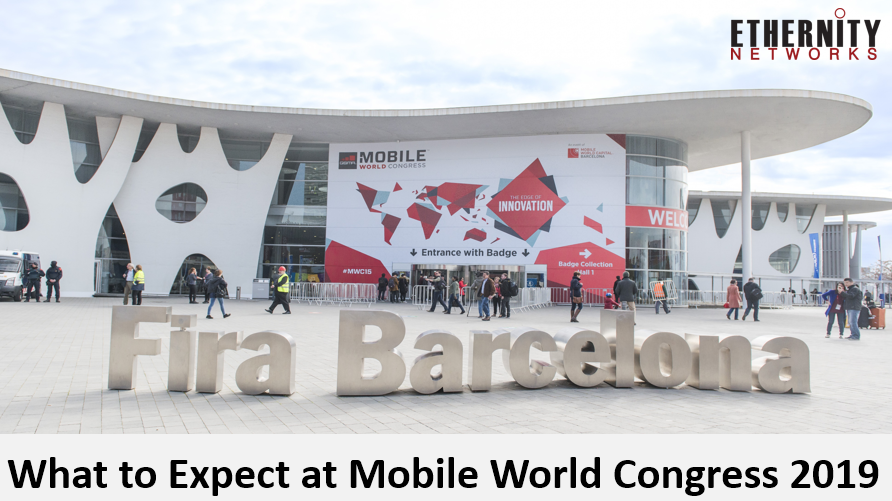
By Lior Mishan
As the biggest event in the mobile communications industry, all eyes are going to be on Mobile World Congress in Barcelona in less than two weeks. What can the more than 100,000 visitors expect from the show, and its more than 2,400 exhibitors, this year?
Well, you can be sure that major operators are going to be announcing new rollouts and planned deployments, building on some of the announcements they have already made this year. One example is AT&T’s intention to roll out 5G nationwide by early 2020. Watch for competitors to make big announcements of their own while at the same time finding ways to criticize AT&T’s plan.
Similarly, industry experts from Ovum and other analyst organizations are predicting some big pre-show or at-the-show 5G phone and device announcements, including an emphasis on foldable displays.
The largest players haven’t shown their cards yet, biding their time until they have the big stage and can command everyone’s attention to make their news. But it’s safe to say that MWC is on target with this year’s overarching theme, Intelligent Connectivity. That encompasses the sub-themes of AI, digital trust, digital wellness, disruptive innovation, immersive content, the future (a 10-year view), industry 4.0 (the confluence of IoT, cloud, and cognitive computing), and of course connectivity – especially 5G.
Across these multiple aspects of the Intelligent Connectivity theme is a common thread, and that is the paramount importance of data and the ability to move it rapidly and dependably wherever it needs to go. This is where Ethernity Networks fits so well with its software-based networking and security solution on an FPGA. 5G, IoT, augmented and virtual reality, and artificial intelligence all provide dramatic opportunities as service providers convert their existing edge infrastructure to miniature, virtualized data centers. The same is true for cloud providers as they extend their reach closer to end users.
Elastic, programmable networks are a must for coping with the communications needs of the future. But servers alone won’t suffice. Their CPUs are good at control functions, but not at packet handling and data movement. FPGA-based data paths and solutions can and do fill a vital need in this area.
This is especially true at the network edge, where using expensive, power-hungry servers makes no sense economically. A simple 1U COTS server at the edge, outfitted with a high-performance FPGA SmartNIC, can handle multiple fixed and mobile users. It offers a fully programmable and cost-effective multi-access edge (MEC) solution, one that we find is needed by many of the operators we work with.
With both of our newest solutions, the ENET vRouter and the ENET VPN Gateway, we offload key functions from the CPU to our FPGA SmartNIC, the ACE-NIC100. In the vRouter, we move networking functions from the server CPUs and free them for their ideal control plane and user application tasks. Not only does this enhance networking performance, it also optimizes CPU utilization. In the VPN Gateway, we fully offload security functions from the CPU to the FPGA and use Host Bypass, providing a more robust security solution at a lower cost.
We will, of course, be showing and talking about the vRouter and VPN Gateway throughout Mobile World Congress, as well as conveying to customers and potential customers our strengths as a provider of innovative software-defined networking and security solutions on programmable hardware for accelerating telco and cloud networks.
We invite you to schedule a visit and sit down with us to talk about all of this.

